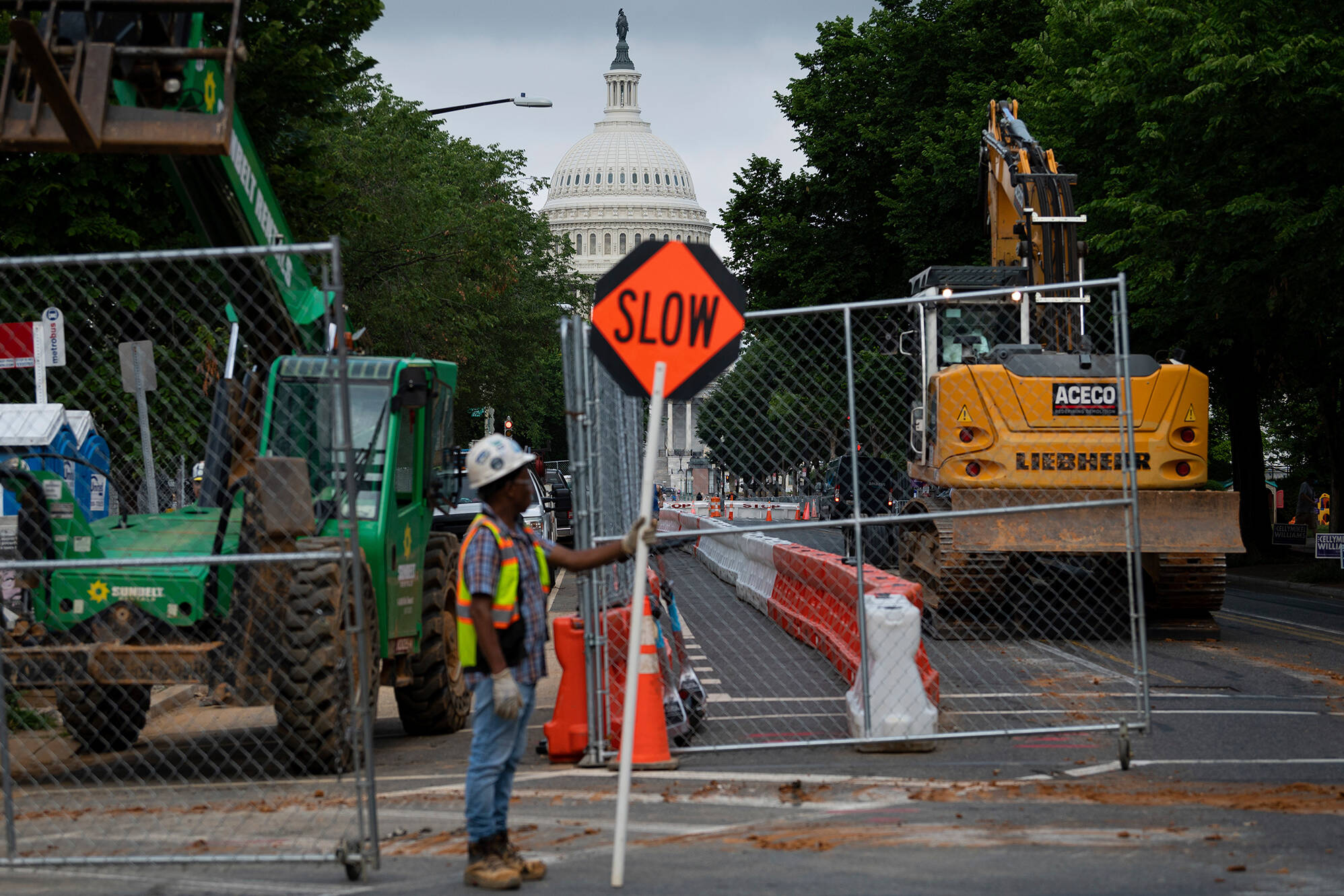Republicans say the provider tax system is a budget gimmick. Democrats call it a lifeline. A new cap is forcing states to find out which is true.
As the government shutdown drags on, Democratic leaders have said they won’t vote to reopen the government unless they get several policy concessions related to healthcare.
One of the biggest: undo many of the Medicaid changes Republicans made in their budget reconciliation package, the One Big Beautiful Bill.
The headline fights are over eligibility checks and new work requirements for adults on Medicaid, a joint federal-state program to provide health coverage to low-income Americans.
But the GOP bill also closed a long-standing budget loophole by capping the use of “provider taxes,” a financing scheme that allowed states to draw in more federal dollars.
Here’s what provider taxes are, and why this change matters:
How Provider Taxes Work
Medicaid is a shared program. The federal government pays most of the cost – anywhere from half to three-quarters depending on the state – while states design their programs and contribute the rest of the funding.
That setup has always created tension: states can expand coverage or raise payments knowing Washington will pick up much of the bill.
For years, provider taxes have been one tool states used to receive more federal dollars. Here’s how it works: States raise taxes on providers (hospitals, nursing homes, insurance companies), count the revenue as their share of Medicaid, get the federal government to match that revenue, and then funnel the money right back to the providers by increasing Medicaid reimbursement rates.

The One Big Beautiful Bill cracked down on the provider tax scheme. It lowered the ceiling on how much revenue states can raise this way, and it barred states from creating new or higher provider taxes in the future.
Republicans argue this will force states to be more prudent, putting their own skin in the game instead of leaning on a circular tax-and-match system.
Which States Are Hit the Hardest
But Democrats counter that it will blow a hole in states’ Medicaid budgets.
Gimmick or not, the provider tax arrangement has been perfectly legal for three decades now, and nearly every state uses it. If the provider taxes are capped, hospital budgets could get slashed, residents could face higher taxes, or Medicaid patients might not get the services they need, unless states find a way to come up with more money.
This map shows how much of each state’s federal Medicaid funding is tied to provider taxes, based on 2023 Medicaid spending and national estimates of provider taxes.

The purple states who rely a lot on provider taxes – whether for legitimate reasons or as a way to game the system – will likely take a hit from the One Big Beautiful Bill’s changes to Medicaid. Hospitals in these states, especially rural and safety-net facilities that rely on Medicaid funding, could face shortfalls and even closures.
The Bigger Picture
The GOP reconciliation bill tries to draw a line: provider taxes shouldn’t be a blank check from Washington. But as the cap takes hold, the real question is whether the policy reins in a budget gimmick, or whether it ends up pulling the rug out from under hospitals that have been playing by the rules all along.
Related
Peyton Lofton
Peyton Lofton is Senior Policy Analyst at No Labels and has spent his career writing for the common sense majority. His work has appeared in the Washington Examiner, RealClearPolicy, and the South Florida Sun Sentinel. Peyton holds a degree in political science from Tulane University.





You must be logged in to post a comment.